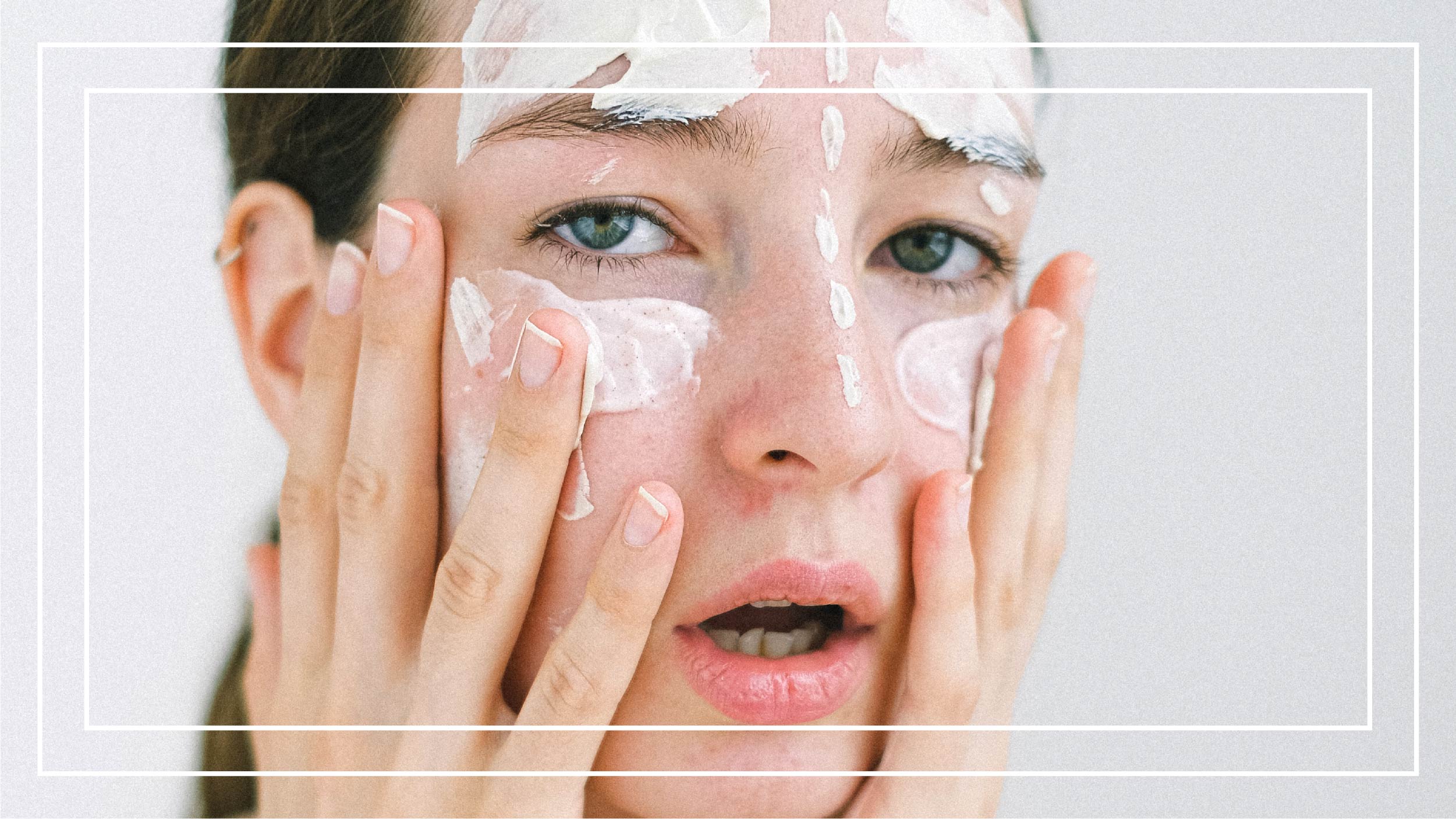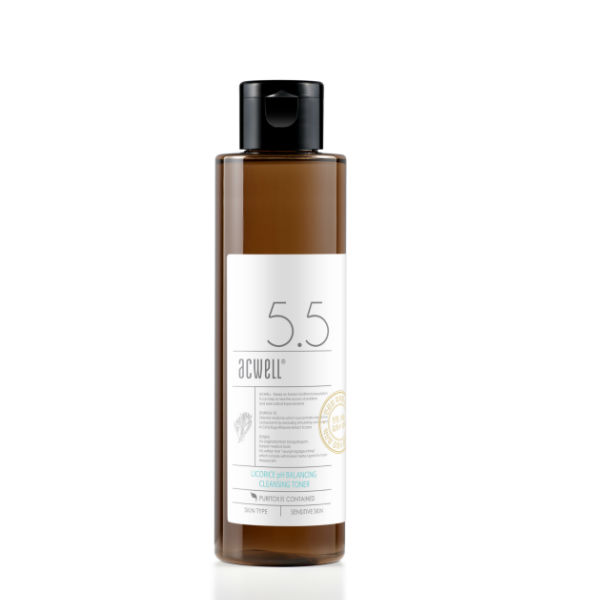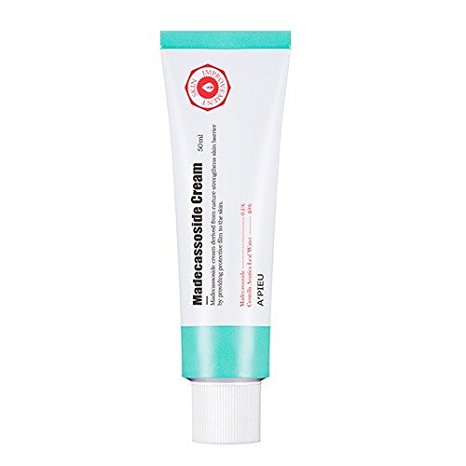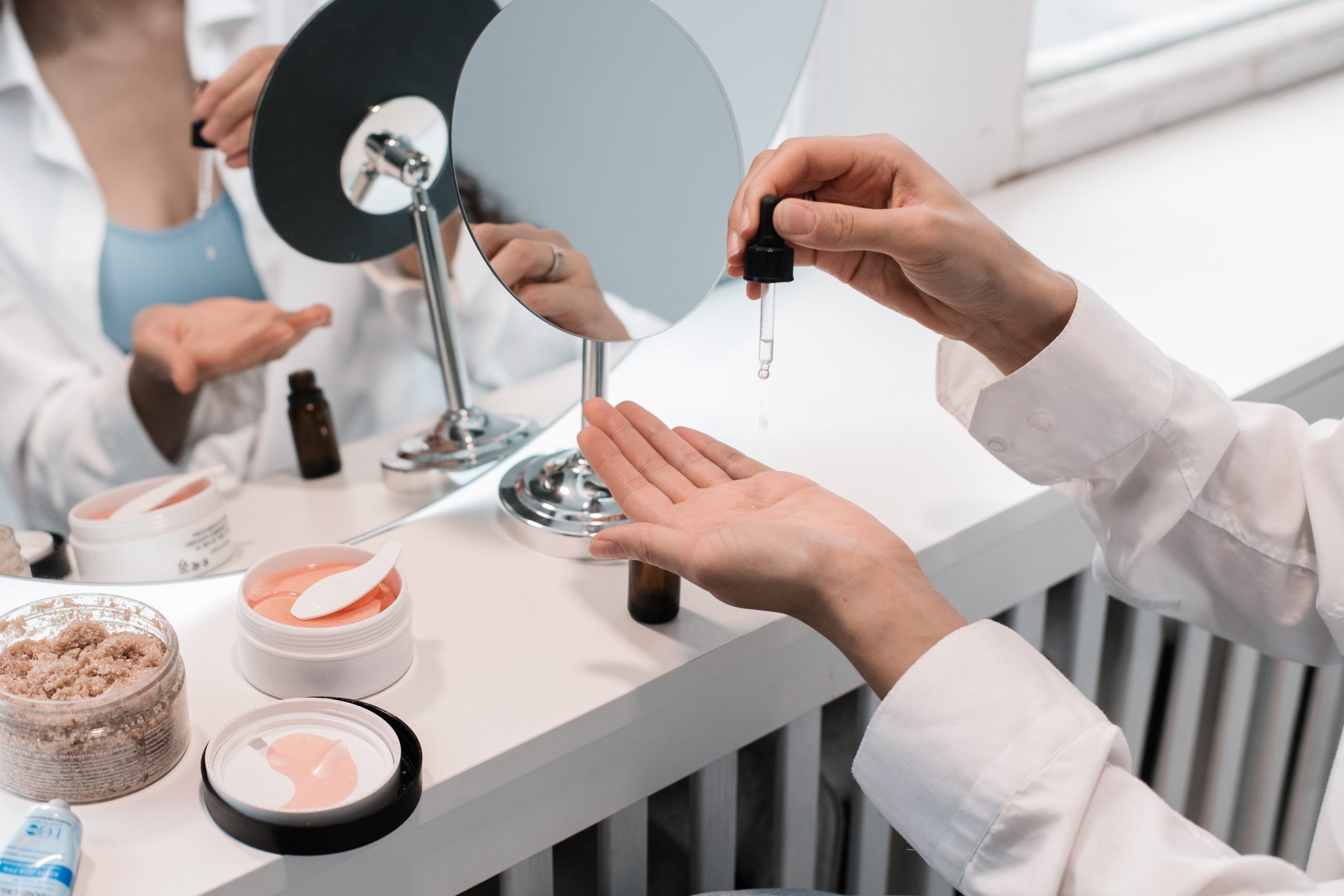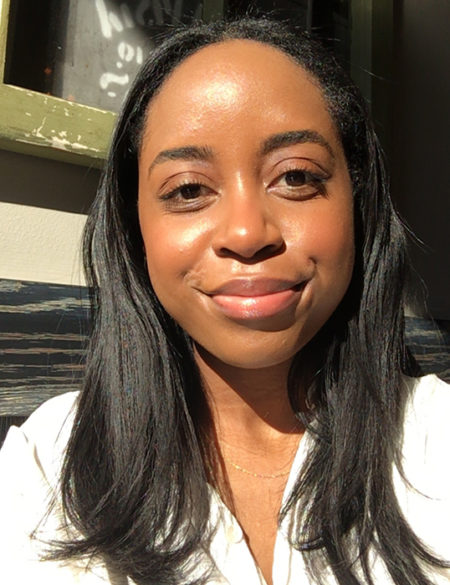So, you’re wondering how to add prescription skin care products into your routine. Let our resident skin expert Daniela help you!
I often tell clients to go to the dermatologist. I implore them, actually (especially since my mom is a derm). Cystic acne that you’ve been trying to figure out and fix yourself? Save yourself time and money; if you break it down, what you will spend on cosmetics to both treat and cover the acne could very well pay for an appointment and treatment with a doctor. Okay, so you go to the doctor, and they prescribe you ugly potions in foil tubes and cans. This does not mean you have to resign yourself to a life of medical packaging, or that you have to give up your 10-step skin care routine.
When you are on a prescription topical, it helps to think of your prescription as a diva, in the operatic sense. Traditional 10-step routines use a cumulative approach, invoking layering to achieve treatment-level results (kind of like a bomb K-pop group with dozens of members). Prescription medicines pack a big punch, so it helps to think of crafting a routine that lets those topicals shine, rather than loading up on products that try to achieve the same goal and ultimately compete with the prescription.
To continue with our analogy: You wouldn’t want Adele to be part of a chorus of powerhouse singers—you want to let Adele do her thing, and have a lovely supporting chorus to enhance her serious skills. Similarly, when dealing with prescriptions, you want the rest of your skin care routine to support optimal skin health so that the prescriptions can work better. Read below to find out how to incorporate some commonly-prescribed topical medications into your 10-step routine.
Before I jump into specifics about a few commonly-prescribed topicals, here are some general tips:
Keep your layers light
I know, I know, seven skins are better than one. When using prescriptions, however, you want to make sure that your skin can actually absorb them, and this means not saturating your skin with too much product prior to applying your medicine. How I do it: apply one layer each of toner and essence, and use lightweight essences and toners. Most of the prescriptions discussed below will fit in as the “serum/ampoule/booster” step of the 10-step, unless otherwise noted.
Let the prescription absorb fully before continuing with your routine
Once you apply the medicine, you want to ensure that it stays on your face and doesn’t get smushed around by everything else. Wait a few minutes or longer for your medicine to absorb fully before going on to moisturizer, etc.
When in doubt, ask your doctor
If you have a question about mixing your skin care, feel free to ask your doctor! Take the bottles, the ingredient lists, everything, and just ask if you’re using stuff that is OK to mix with your medicines.
With all this in mind, here are some frequently-prescribed topical medications and what they do for your skin! Please note, I haven’t covered treatment washes, only leave-on treatments, as the washes feel pretty self-explanatory.
Retinoids: Tazorac (tazarotene), Retin-A (tretinoin), Differin (adapalene)
The key to successfully mixing retinoids into your K-beauty routine lies in understanding how a retinoid works. These vitamin A derivatives accelerate cell turnover, meaning your skin cells will shed faster, which is great for acne (and wrinkles, too!). When using a retinoid, cut out exfoliants from your daily routine, as you will already be exfoliating with the retinoid. This means no AHAs, no BHAs, no scrubs. Now, if your skin is very resilient and you’ve been on your retinoids for a while, you may consider using some light AHAs or BHAs, but be cautious and take it slow! They should not form part of your daily routine, generally speaking. Instead, focus on having a routine that includes plenty of moisturizing and barrier-repair ingredients (#TeamCeramides), and maybe throw some niacinamide in there.
Retinoids should always be used at night, as they are not stable in sunlight and will break down. If you’re using a retinoid and a vitamin C, use your vitamin C during the day, and make sure to use PLENTY of sunscreen (but you already knew that, right?).
Retinoid Combos: Epiduo and Epidue Forte (adapalene and benzoyl peroxide), Veltin and Ziana (tretinoin and clindamycin phosphate)
These medicines are awesome because they combine the exfoliating, sebum-production-curbing powers of a retinoid with medicines that kill acne-causing bacteria. This extra power means they can be extra-drying, however, so make sure to moisturize plenty.
Finacea (azelaic acid 15%)
Ah, Finacea, the apple of my eye, the light of my life! This lovely medicine is often prescribed for rosacea and acne. Most of the time, it’s prescribed as a foam, which is just cool. It’s antimicrobial, anti-inflammatory, and a hell of a brightener. Ideally, you’ll be putting this on clean skin. I use this medicine as part of my morning routine, after a lightweight essence. You don’t want to mix this one with any acids, generally speaking.
Soolantra (ivermectin)
This is a funky little medicine that is actually an anti-parasitic (gross, I know!). Apparently, people with rosacea (or some types of lesions that look like acne) have a reaction to demodex, a very normal skin mite. The active ingredient in Soolantra is suspended in a cream base that is, for all intents and purposes, Cetaphil. If you’re prescribed Soolantra, I recommend using it once a day, as your evening moisturizer (or daytime, if you want). Also, if you know that you can’t tolerate Cetaphil, let your dermatologist know so that they don’t prescribe you Soolantra.
Onexton (clindamycin and benzoyl peroxide)
I don’t recommend mixing benzoyl peroxide and AHAs together in a high concentration. This means not using this with the Dr. Oracle A-Thera Tea Tree Peeling Sticks! This medicine can be very drying, so moisturize accordingly.
Plexion (sulfacetamide/sulfur)
Sulfur is awesome for acne, and so underrated. It’s also great for seborrheic dermatitis, which you may have if you consistently have greasy, flaky skin around your nose and eyebrows. This particular medicine can be super drying, so it has to go on first after cleansing (you may be able to apply after toning).
Korean product recommendations:
Here are some products I recommend to support your prescription-heavy skin care:
Acwell Licorice pH Balancing Cleansing Toner
Acwell pH Balancing Bubble Free Cleansing Gel
A’PIEU Madecassoside Cream (really soothing and hydrating, and great for barrier repair)
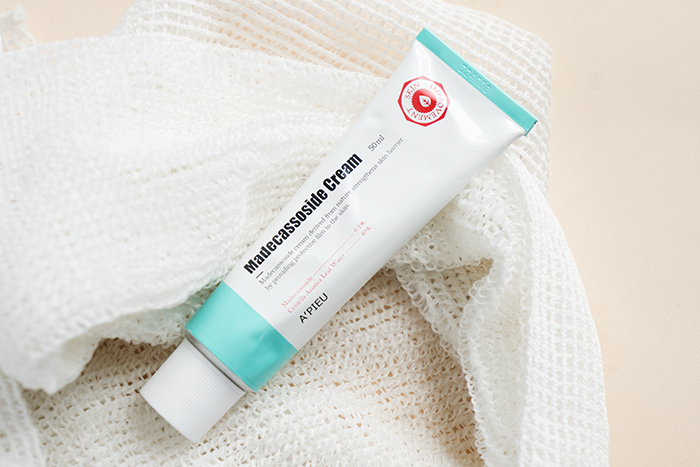
Banila Co Clean It Zero Purifying
Etude House SoonJung pH 5.5 Relief Toner (really great for dry, sensitive, acne-prone skin)
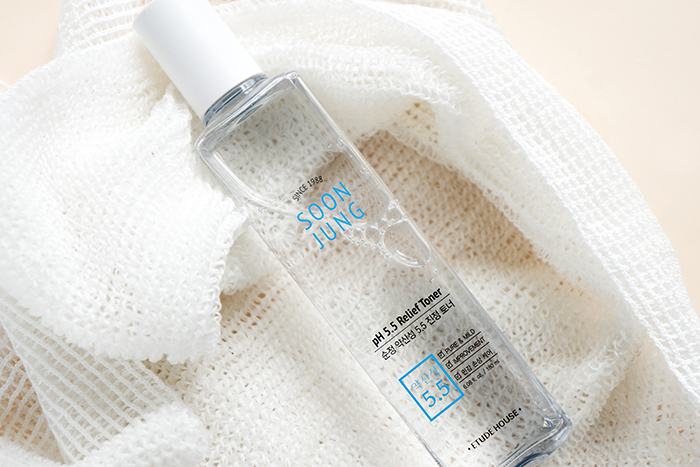
Neogen Dermalogy Real Cica Pad
Neogen Real Ferment Micro Essence (I love using this with a retinoid; it’s really great)
The Plant Base Quesera Ceramide
+Do you use prescription skin care? Let us know below!


